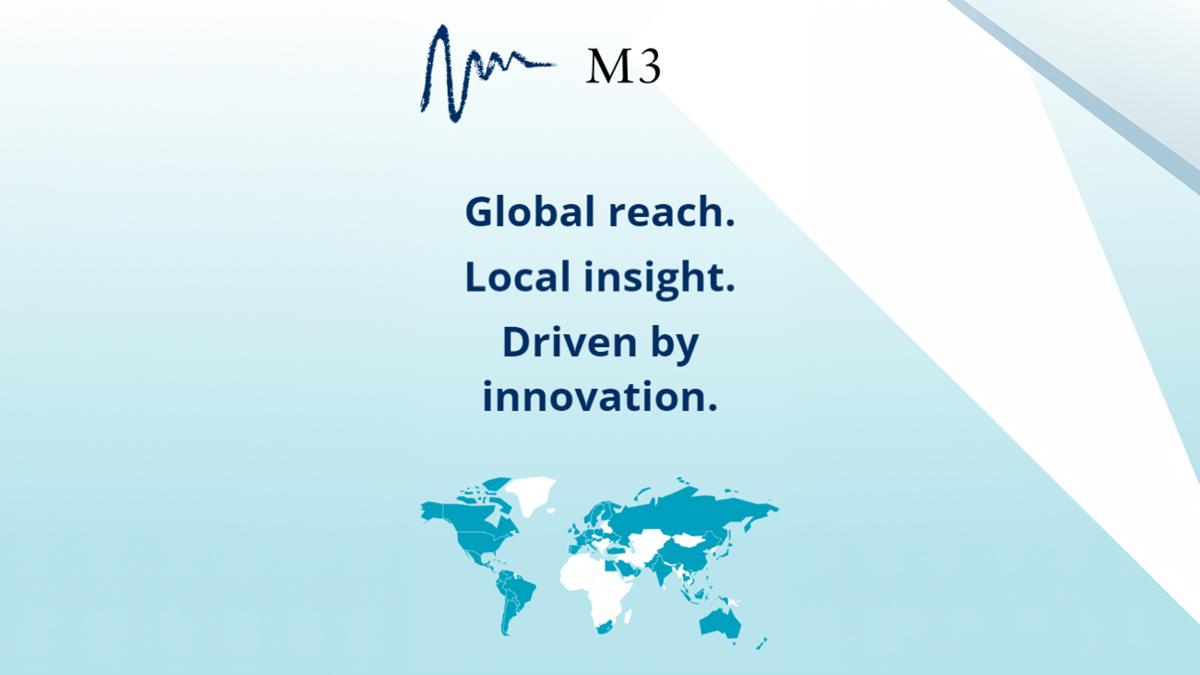Europe’s commercial leaders prepare for a faster trial-to-treatment pathway

By improving cross-functional connectivity and customer choice, life sciences leaders are overcoming Europe’s field access challenges.
With almost half of accessible healthcare professionals (HCPs) in Europe not accepting meetings with biopharma companies — and those that are increasingly selective — every customer engagement must add clear value. Ask physicians and key opinion leaders (KOLs) about their experiences and they will confirm that their touchpoints with our industry are essential, but remain inconsistent. They want two-way interaction, centred on information that is educational, timely, and relevant for their patients.
To address the challenge, commercial leaders are focused on delivering highly personalised customer engagement at scale. However, this requires good collaboration between functions that have historically not worked together. For instance, smoother handovers between sales and medical are needed to help physicians find resources quickly and speak to experts as patient needs arise. Closer alignment between marketing and sales is critical for improving content effectiveness. Greater clinical and medical connectivity could lead to an earlier understanding of important medical advances and a better experience for HCPs and KOLs.
Many of the building blocks for efficient commercial execution are in place. Leading life sciences companies are using a more connected approach to data and technology to accelerate progress.
Connecting with customers at the point of need
Timing matters when educating on new treatments and two-way communication increases the chance of getting it right. The traditional model assumes that a visiting rep or MSL will engage a prescriber at the opportune moment, even though they could need information for their patients at any time. In fact, the most valuable interactions happen on HCPs’ terms - including between scheduled meetings. A recent US pilot study found that physicians offered the option of two-way chat initiated 30% of the conversations on this channel. Field teams responded rapidly to their queries (on average, in just five minutes) and content read rates jumped to 80% for chat, double that of rep-triggered email.
Organising your company’s experts and resources around the customer strengthens the relationship. As Dr Teresa Alonso Gordoa MD, PhD, medical oncologist at Hospital Universitario Ramón y Cajal in Madrid, explains: “It is difficult for us, as physicians, to understand pharmaceutical companies and find the right contact. We don't necessarily know all the functions and who is responsible for what in the organisation.” A physician may want to schedule a quick in-person meeting to review content with their field contacts or raise a medical inquiry directly with an MSL. True channel choice means HCPs can easily decide how, when, and whom to engage, based on their specific requests and preferences that day.
Given that the only way to counter field access challenges in Europe is personalised engagement at scale, insights that help reps decide the next best action for their customers are critical. For example, Lundbeck is addressing restricted access to HCPs in the UK by re-thinking data visualisation. Reps use data that drills down to individual customers and includes data captured outside of CRM (such as customer activity on portals and sales figures). Field teams are now better able to plan meetings and messaging because they can see call rates and frequency, which of their emails have been opened, and which content their customers have reviewed.
The effective use of channels and messaging are only two pieces of the engagement puzzle. A recent physician panel discussion reinforced the critical role of field medical when interacting with biopharma companies. As Dr Vital Hevia MD, PhD, FEBU, urologist in the uro-oncology and kidney transplant section of Hospital Ramón y Cajal, observes: “Physicians have limited time and don’t need repetitive information. The transfer must be efficient, with scientifically trusted information through the right channel.” Tailored scientific education that adds value incrementally demands a much bigger role for medical teams, particularly now that 70% of pipeline drugs are in specialty care.
Medical’s positive impact when functioning at its most productive is finally measurable: our recent Veeva Pulse report showed that MSLs trigger a persistent uplift of 1.5x in treatment adoption when included in education efforts before a launch, for instance. As medical budgets are constrained, it can be challenging to expand the workforce. However, leading companies like Astellas and GSK are showing that there are other effective ways to improve MSL team effectiveness. These companies have brought data to the heart of their expert engagement strategies, boosting efforts to identify, segment, and reach out to the most relevant people for their treatments. When MSL teams can see news and updates on their therapy areas (combined with customer activity) in one place, they can maximise their time with KOLs.
Bringing sales, marketing, and medical closer together
Connected data and technology are already improving the HCP experience by smoothing handovers between field medical and sales. However, other cross-functional friction points hinder efficient commercial execution.
With 77% of field content rarely or never used, it’s unsurprising that our industry is frustrated with content overproduction. As one commercial leader from a top 20 biopharma company notes: “The industry wastes a lot of money, time, and effort in this area. We need to create content that we know will get used.” Some see a budding role for generative AI or co-creation. Yet, closer collaboration between sales and marketing is the low-hanging fruit. Identifying content assets with high field buy-in and proven impact with HCPs, as well as boosting content reuse rates, could quickly free up marketing resources.
The opportunities for greater connectivity within organisations aren’t limited to commercial. To move faster from trial to treatment, we need to bridge the gap between clinical and field medical teams, which may be unknowingly talking to the same person. A clinical research associate (CRA) might not realise that the trial investigator they are speaking to is a relevant scientific expert for an MSL in their company. When clinical and medical data is logged, stored, and managed consistently, these teams will find it easier to share insights. With the full context of the clinical stage, MSLs can avoid the embarrassment of reaching out to investigators who have already taken part in clinical trials on the product and plan a more effective engagement strategy.
Stronger end-to-end connections between commercial and medical, and medical and development, will facilitate a single view of the customer - especially when these teams are on a shared platform.
Finally, technology can do plenty of heavy lifting when it comes to cross-functional collaboration, but the positive effects are compounded when there is high user adoption. Some biopharma companies are thinking differently about the user experience and inviting reps, first-line managers, and other users to take their seats at the table and share feedback on new tools as they are implemented.
Moving faster from trial to treatment
Patients gain access to life-enhancing medicines and therapies when they’re connected to the right physician. Their physician’s understanding of a new treatment is influenced by a relevant KOL, often because of their role in a clinical trial. A better-connected ecosystem helps all these stakeholders to learn about important medical advances sooner and take action.
Developing safe medicines and bringing them to market efficiently has historically been a long, complex, and interdependent journey. With clean, standardised data - and connected technology - as our foundation, we will accelerate the pathway from trial to treatment.













